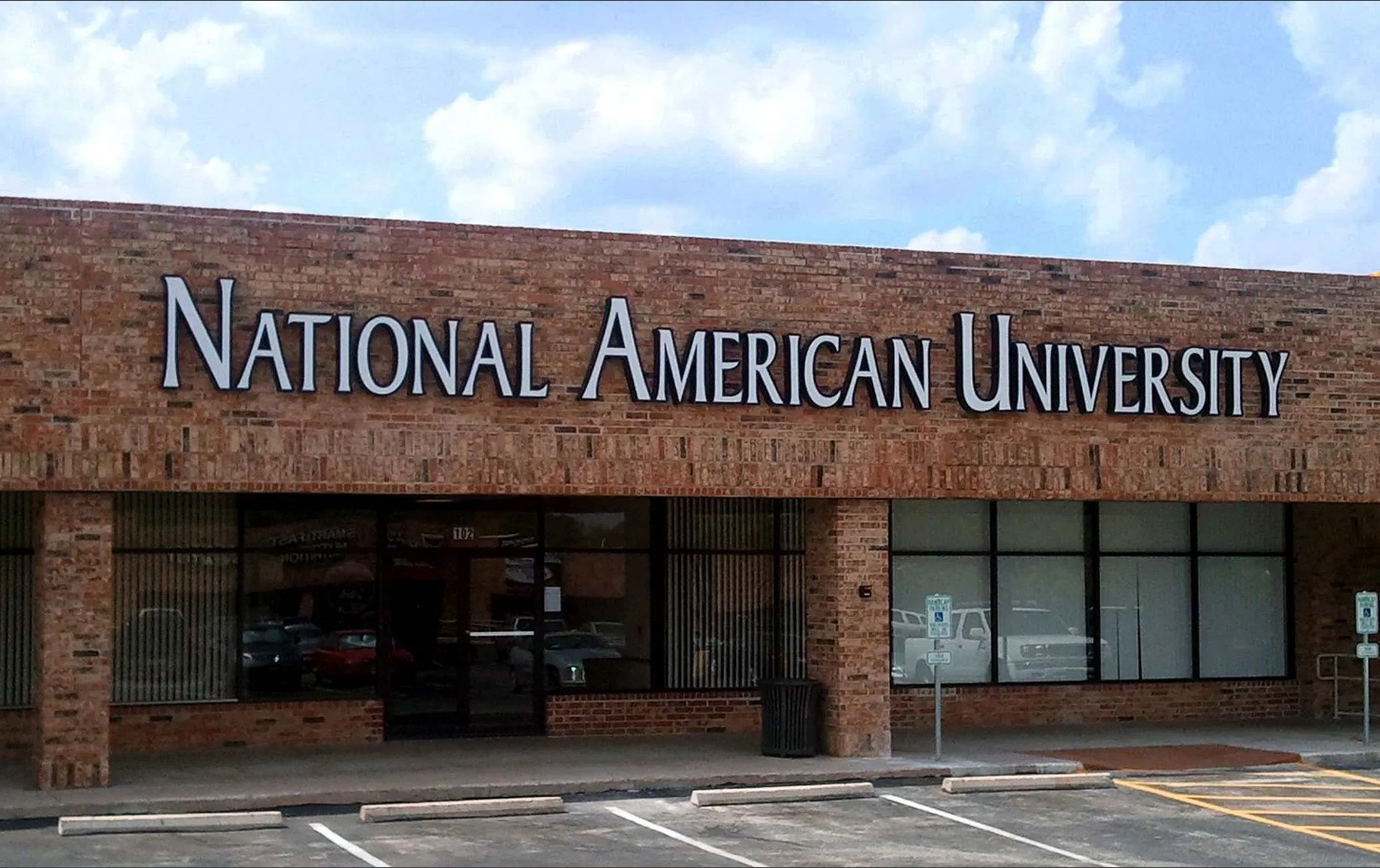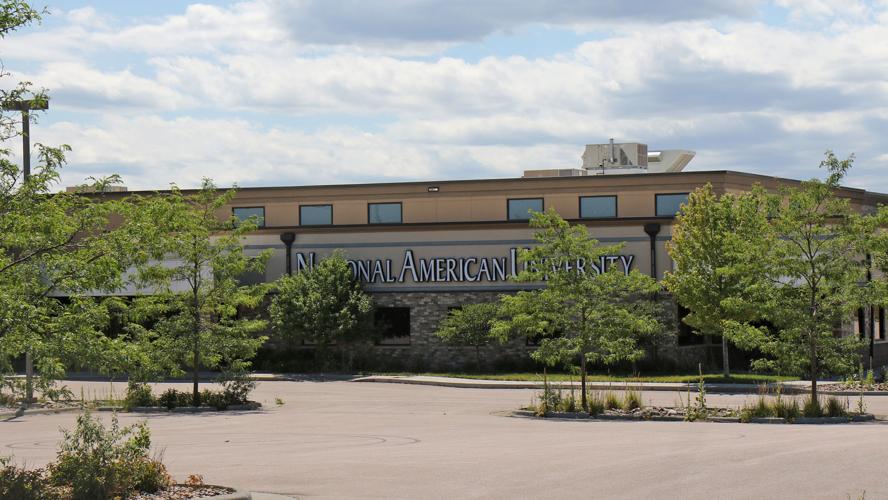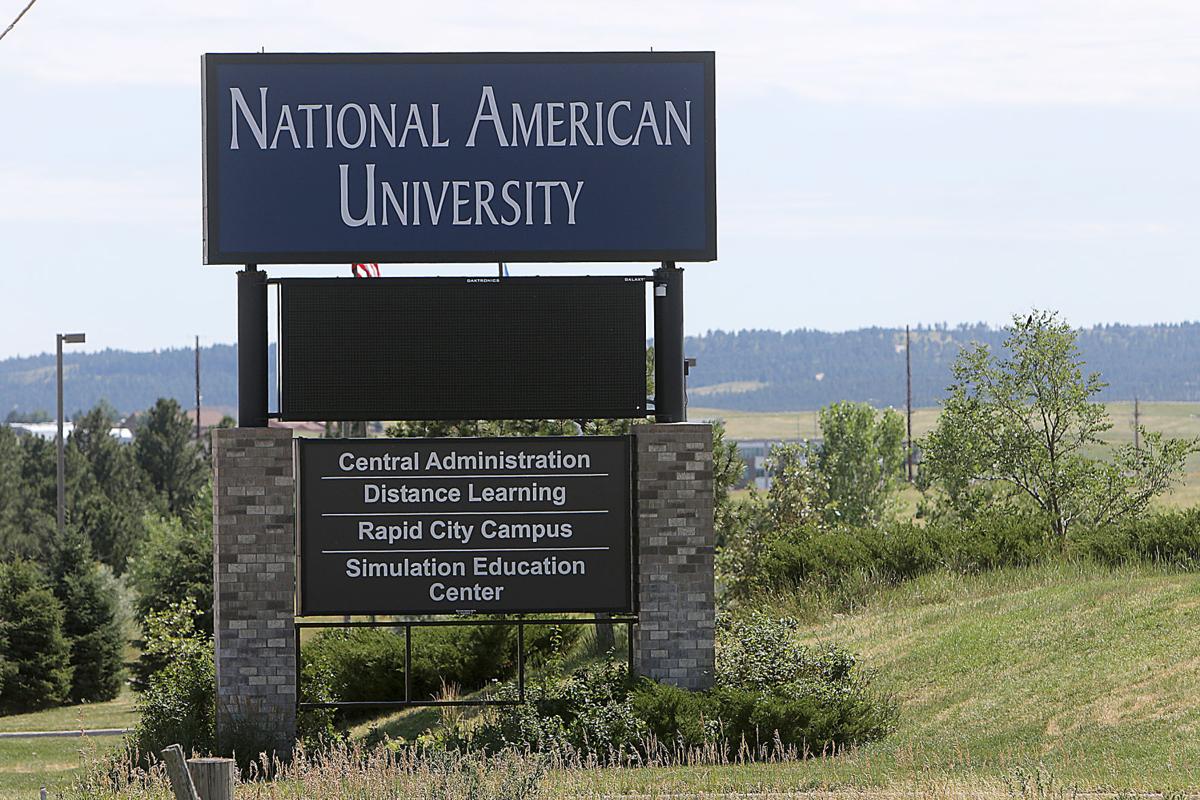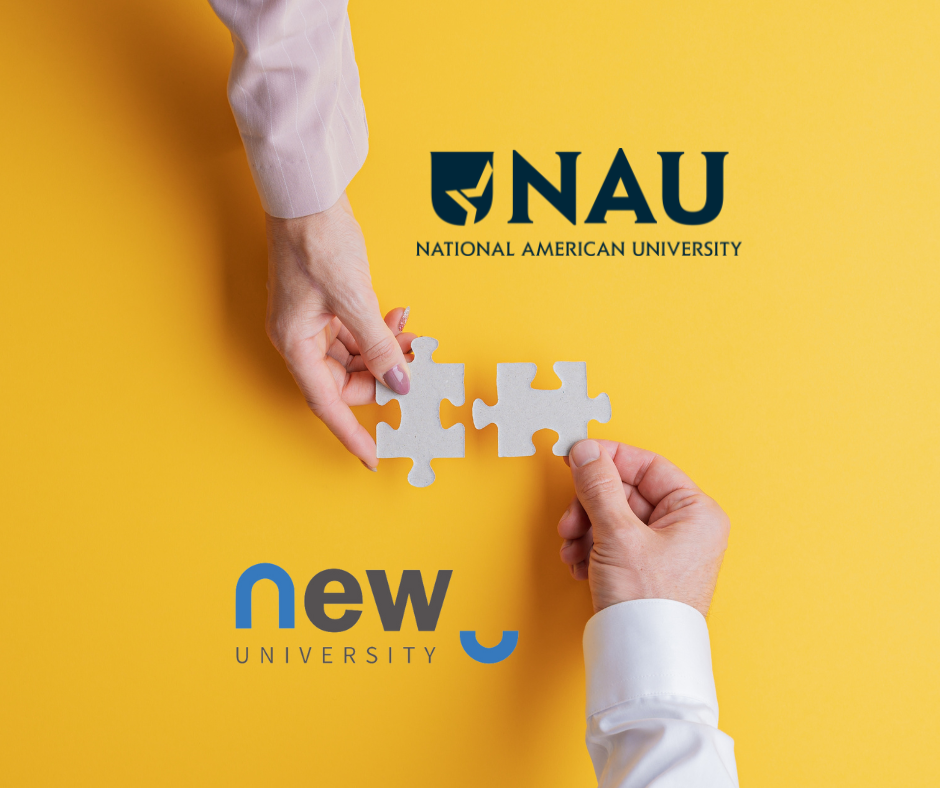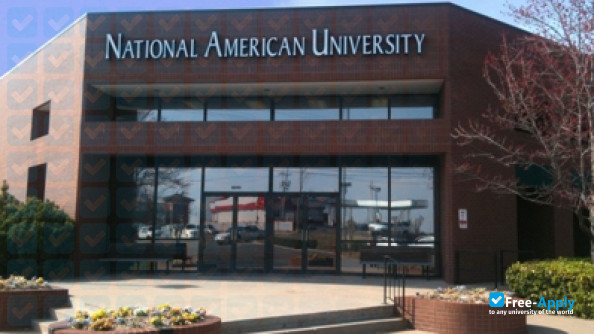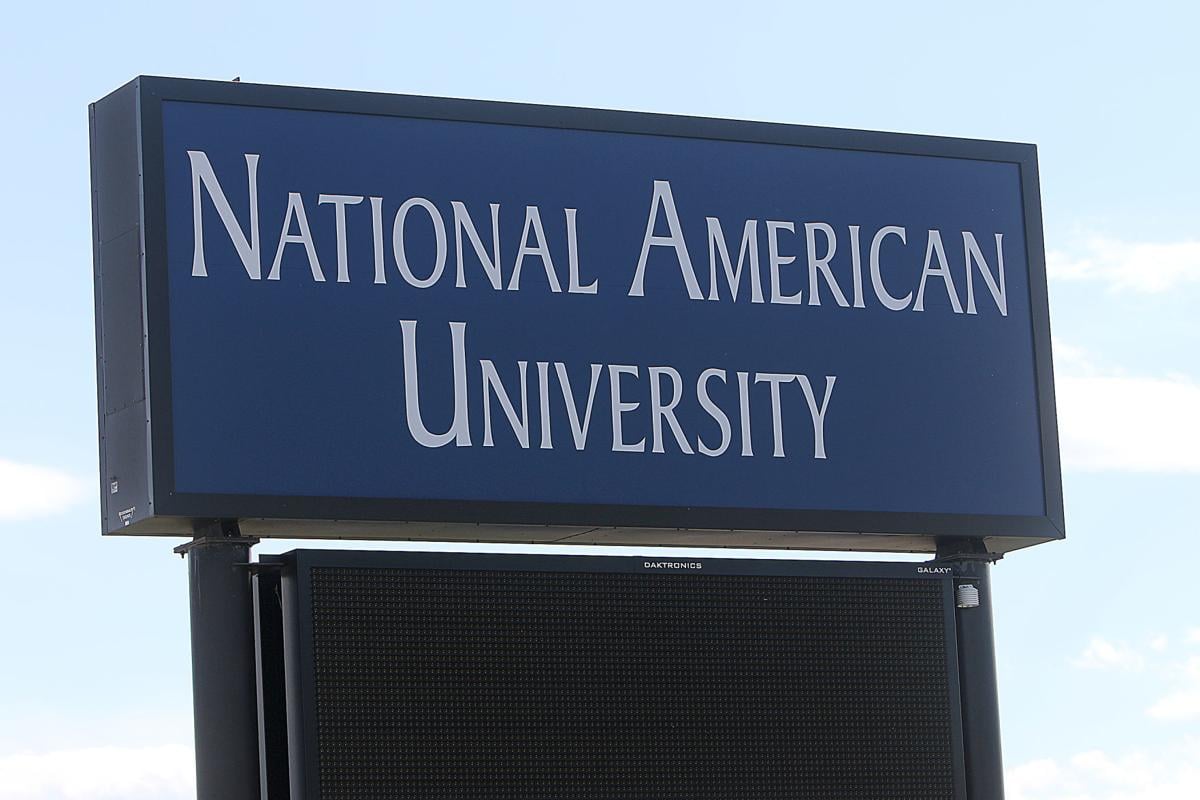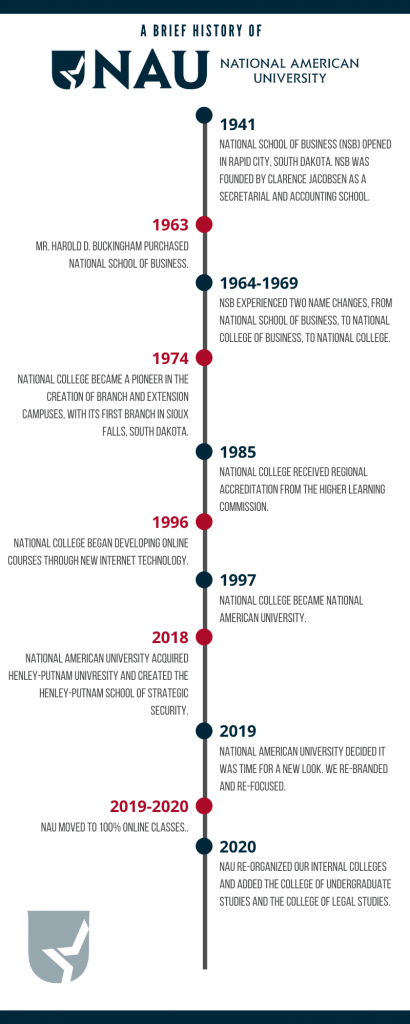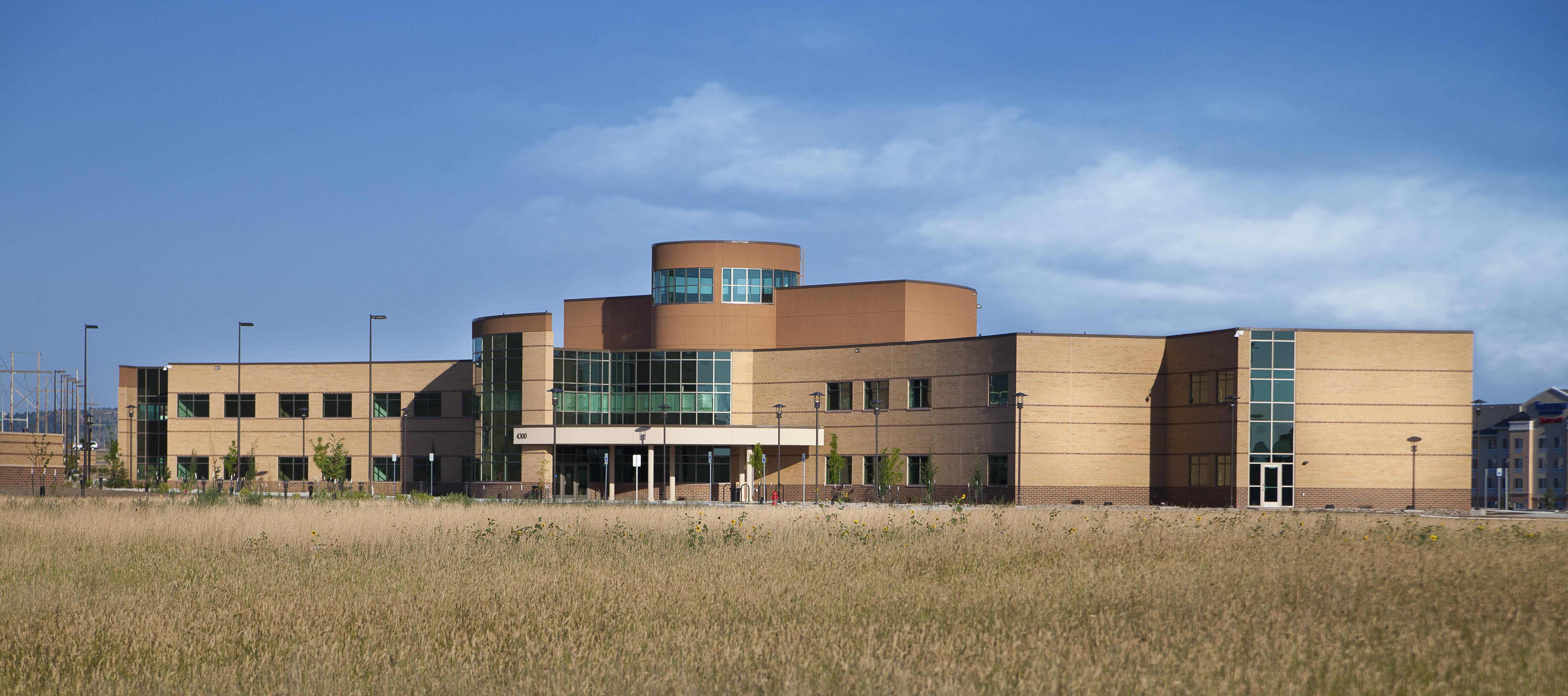National American University Rapid City Sd

Rapid City, South Dakota, once home to a branch of National American University (NAU), now reflects on the institution's closure and its aftermath. The closure, part of a broader trend in higher education, leaves a void for former students and faculty, prompting discussions about the future of accessible education in the region.
The closure of NAU's Rapid City campus represents more than just the end of a physical location. It highlights the challenges faced by smaller, private institutions in an increasingly competitive educational landscape. This article examines the circumstances surrounding the closure, the impact on the local community, and the lessons learned from this significant event.
National American University, a private, for-profit institution, officially closed its doors in Rapid City in early 2021, following a period of declining enrollment and financial difficulties. The announcement of the closure, made by parent company Strategic Education, Inc., sent ripples through the community, impacting students, faculty, and staff alike.
The Rapid City campus, located on Mount Rushmore Road, had served the region for several decades, offering a range of associate's, bachelor's, and master's degrees. Popular programs included business administration, healthcare, and information technology, catering to a diverse student body, including working adults and military personnel stationed at nearby Ellsworth Air Force Base.
The 'who' involves multiple stakeholders: students left to find alternative educational pathways, faculty and staff facing job displacement, and the local community losing an educational resource. The 'what' is the complete cessation of operations at the Rapid City campus.
The 'where' is specifically Rapid City, South Dakota, and the 'when' is effectively early 2021, when the closure took full effect. The 'why' centers around financial struggles and declining enrollment, common challenges for smaller private universities. 'How' involves the university's parent company making the decision and executing a phased closure plan.
One of the most significant immediate impacts was on the student body. Many students were left scrambling to transfer credits to other institutions, often facing challenges in matching course equivalencies and navigating complex transfer processes.
"It was a really stressful time," says Sarah Miller, a former NAU student who was pursuing a bachelor's degree in nursing. "I had to spend a lot of time figuring out what credits would transfer and finding a new program that fit my needs."
Strategic Education, Inc., attempted to mitigate the impact by offering transfer agreements with other institutions. However, these agreements didn't always cover all programs or provide a seamless transition for every student. The abruptness of the closure left many students feeling abandoned and uncertain about their academic futures.
Faculty and staff also faced significant challenges. The closure resulted in job losses for dozens of individuals who had dedicated years to the institution. Finding new employment in a competitive job market proved difficult for some, particularly those with specialized skills or limited geographic mobility.
The local economy experienced a minor, though noticeable, impact. The university's closure reduced the number of students and staff contributing to the local economy. The loss of NAU's presence also meant a decrease in community involvement and engagement in local initiatives.
The closure of National American University's Rapid City campus highlights broader trends affecting higher education. The rise of online learning, increasing tuition costs, and a growing emphasis on career-focused education have all contributed to the challenges faced by smaller, private institutions.
For-profit institutions, in particular, have faced increased scrutiny in recent years. Concerns about accreditation, student loan debt, and the quality of education have led to tighter regulations and increased competition from public universities and community colleges.
Looking ahead, the closure of NAU serves as a cautionary tale for other institutions facing similar challenges. Adapting to changing student needs, embracing innovation, and ensuring financial sustainability are crucial for survival in the evolving higher education landscape. Transparency and proactive communication with students and faculty are also paramount during times of institutional change.
The event emphasizes the importance of students researching the accreditation and financial stability of any institution they plan to attend. It underscores the need for clear transfer policies and support systems for students facing institutional closures.
While the National American University name might persist elsewhere, its absence in Rapid City serves as a reminder of the ever-changing nature of higher education. The community now looks to other institutions to fill the educational gap and meet the evolving needs of its residents.


